Ubiquitination/ Proteasome
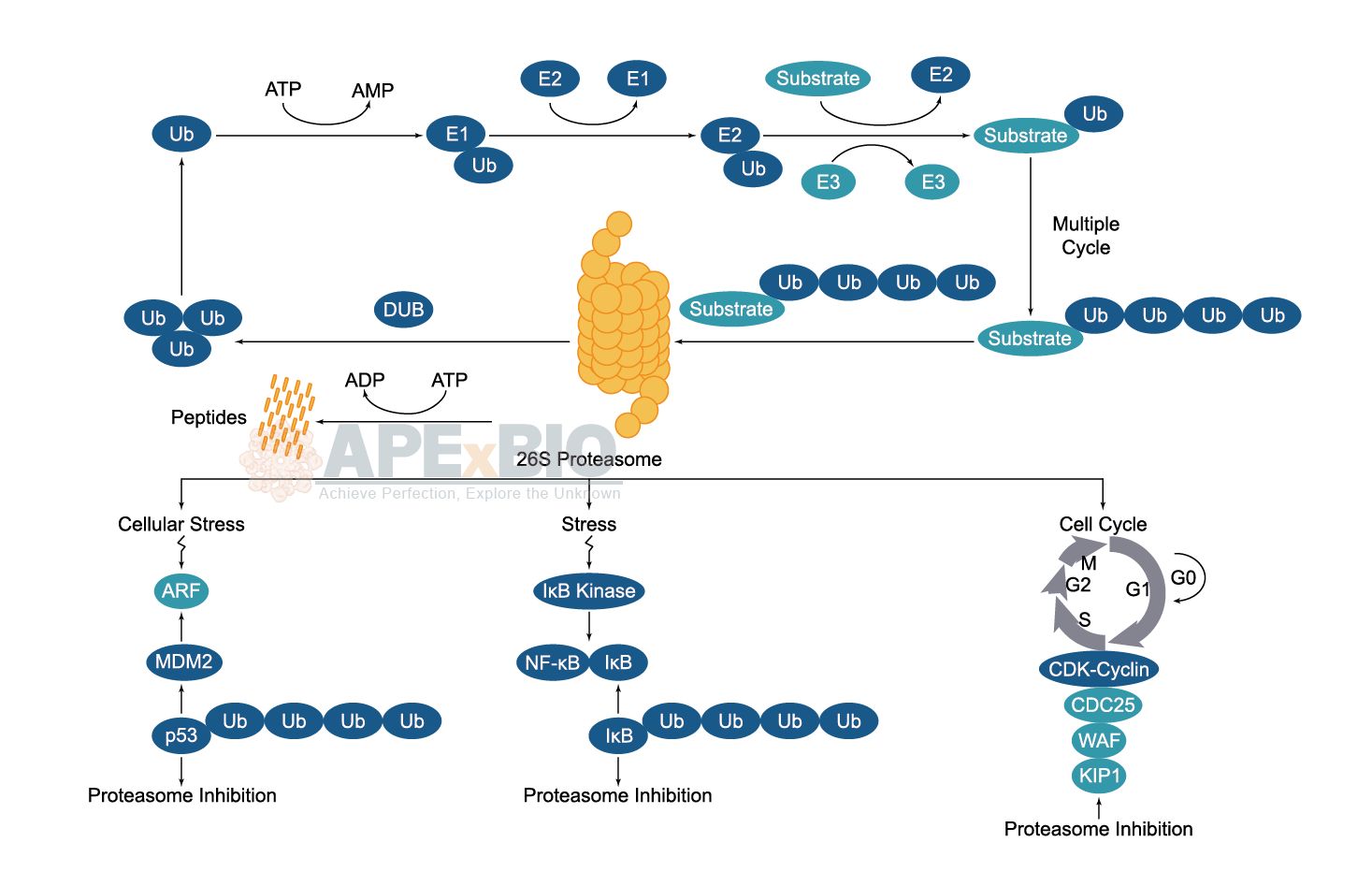
Once the substrate protein is labeled, proteasome will bind to a polyubiquitin chain, allowing the degradation of the labeled protein. The polyubiquitinated target protein is then recognized and degraded by the 26S proteasome. Deubiquitinating enzymes (DUBs) reverse the process of ubiquitination by removing ubiquitin from its substrate protein. Dysregulation of the ubiquitin-proteasome system has been linked to cancer, diabetes, cardiovascular and neurodegenerative diseases etc.
-
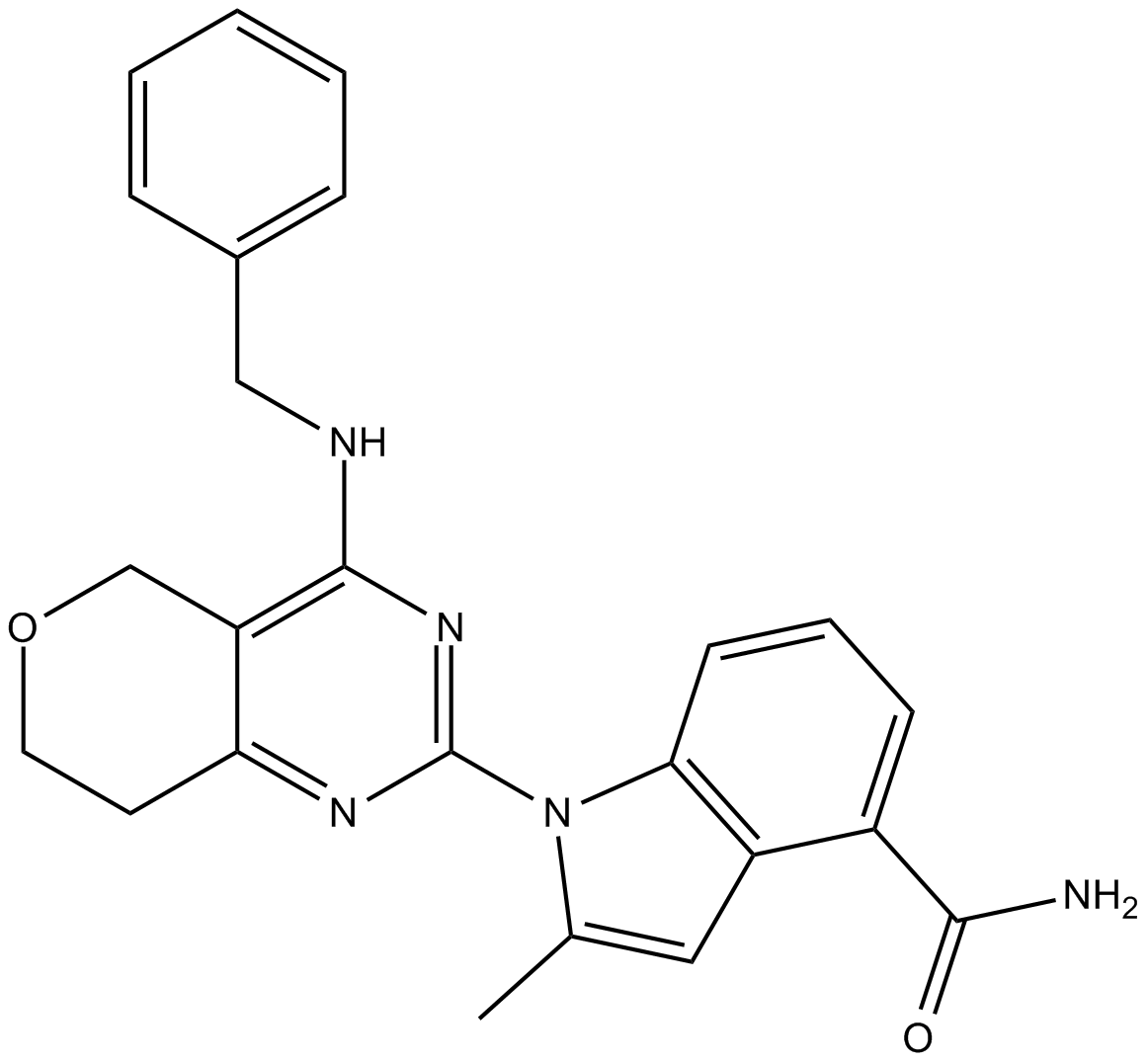 B6032 CB-5083Target: p97Summary: p97 inhibitor
B6032 CB-5083Target: p97Summary: p97 inhibitor -
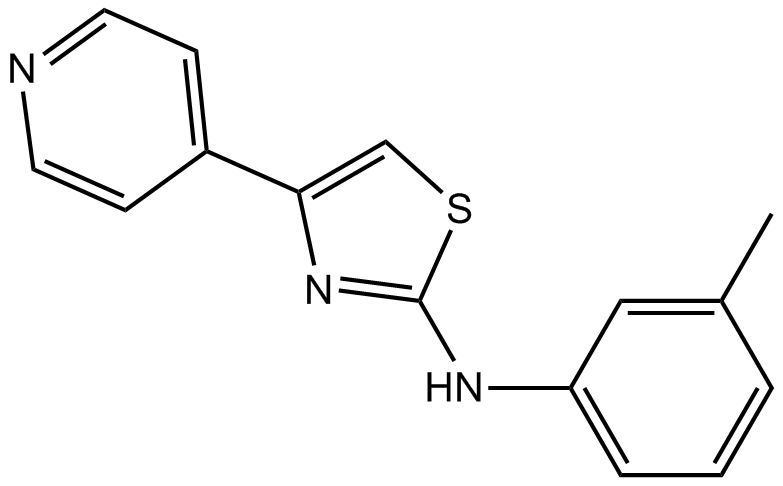 B2151 STF-62247Target: AutophagySummary: Autophagy inducer in renal cell
B2151 STF-62247Target: AutophagySummary: Autophagy inducer in renal cell -
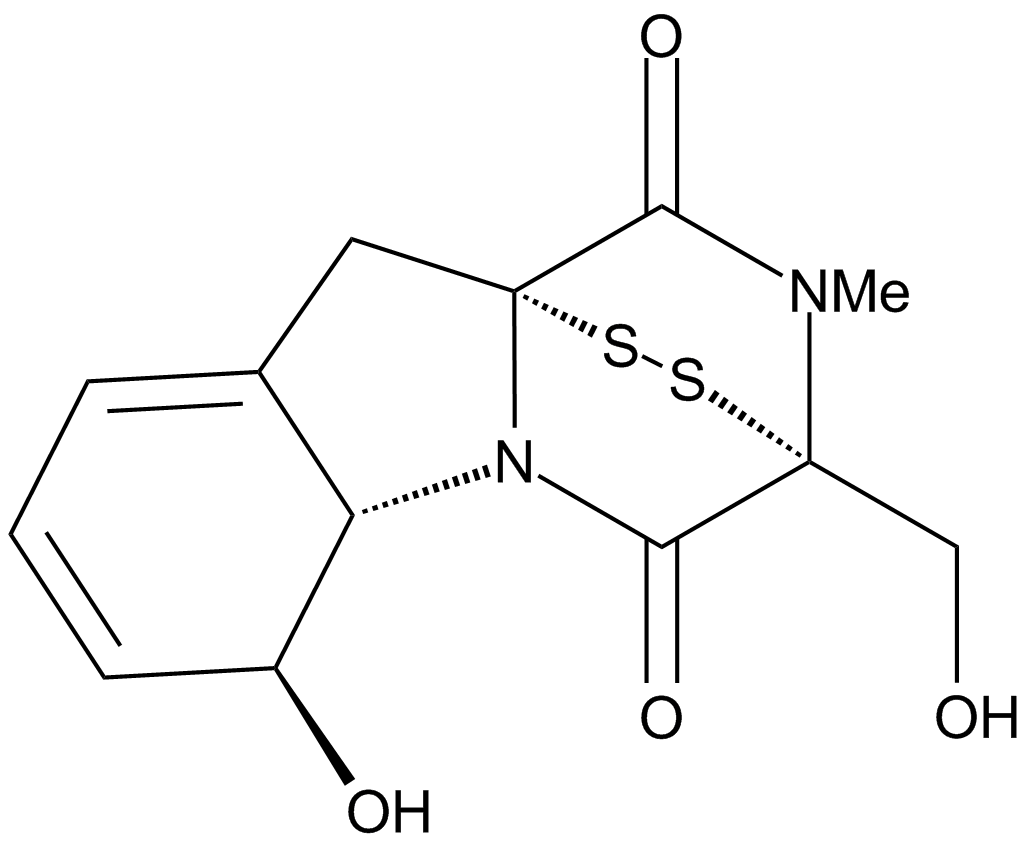 A4443 Gliotoxin1 CitationTarget: 20S proteasomal chymotrypsin|Geranylgeranyltransferase I|FarnesyltransferaseSummary: 20S proteasome inhibitor
A4443 Gliotoxin1 CitationTarget: 20S proteasomal chymotrypsin|Geranylgeranyltransferase I|FarnesyltransferaseSummary: 20S proteasome inhibitor -
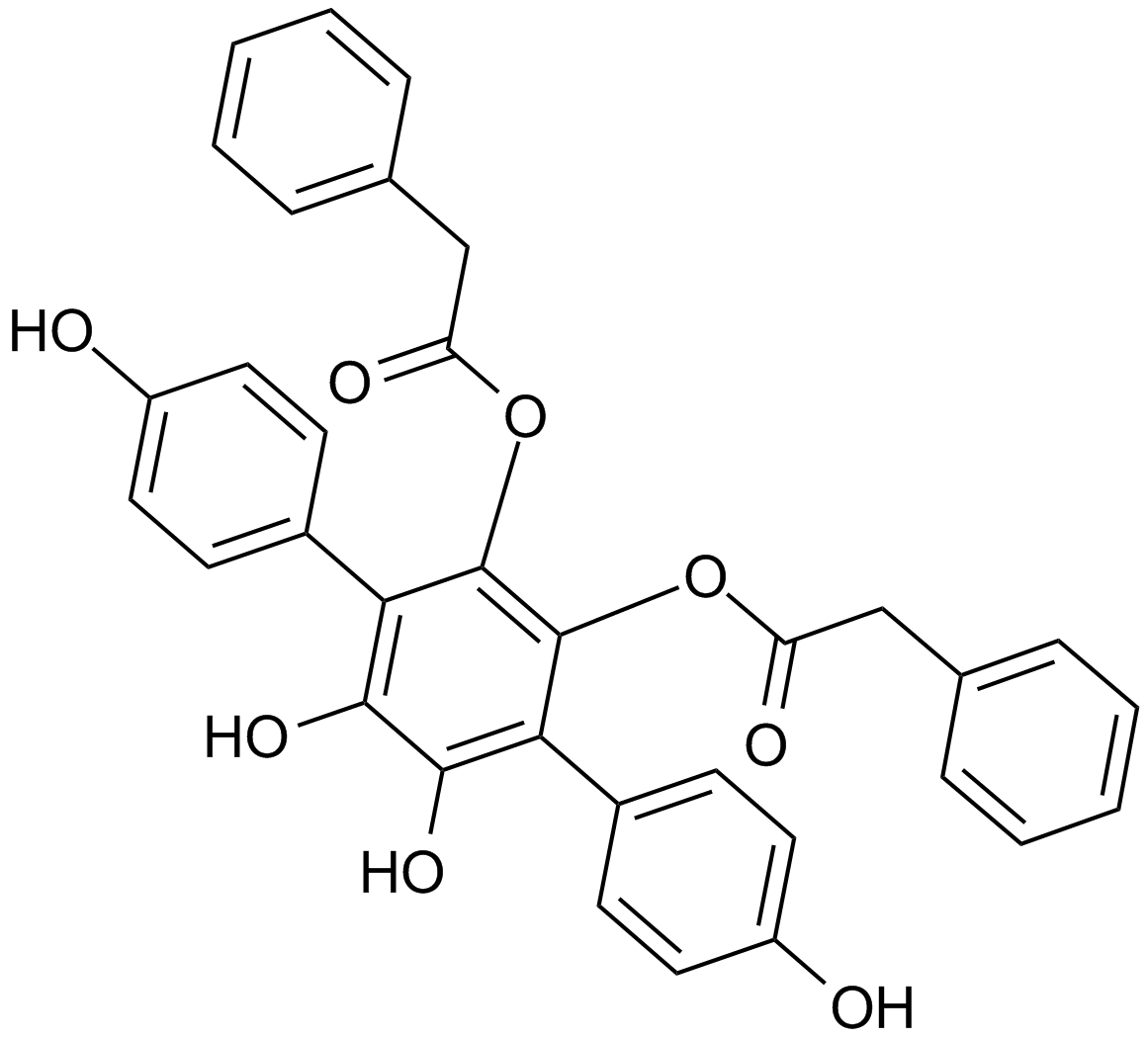 A4429 Vialinin ATarget: Deubiquitinating enzymes (DUBs)|IL Receptors|CCL2Summary: USP/isopeptidase T (IsoT)/UCH-L1 DUB inhibitor
A4429 Vialinin ATarget: Deubiquitinating enzymes (DUBs)|IL Receptors|CCL2Summary: USP/isopeptidase T (IsoT)/UCH-L1 DUB inhibitor -
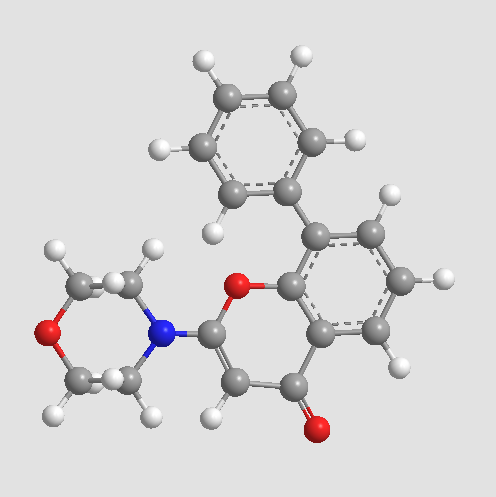 A8250 LY 29400216 CitationTarget: PI3KSummary: Potent PI3K inhibitor
A8250 LY 29400216 CitationTarget: PI3KSummary: Potent PI3K inhibitor -
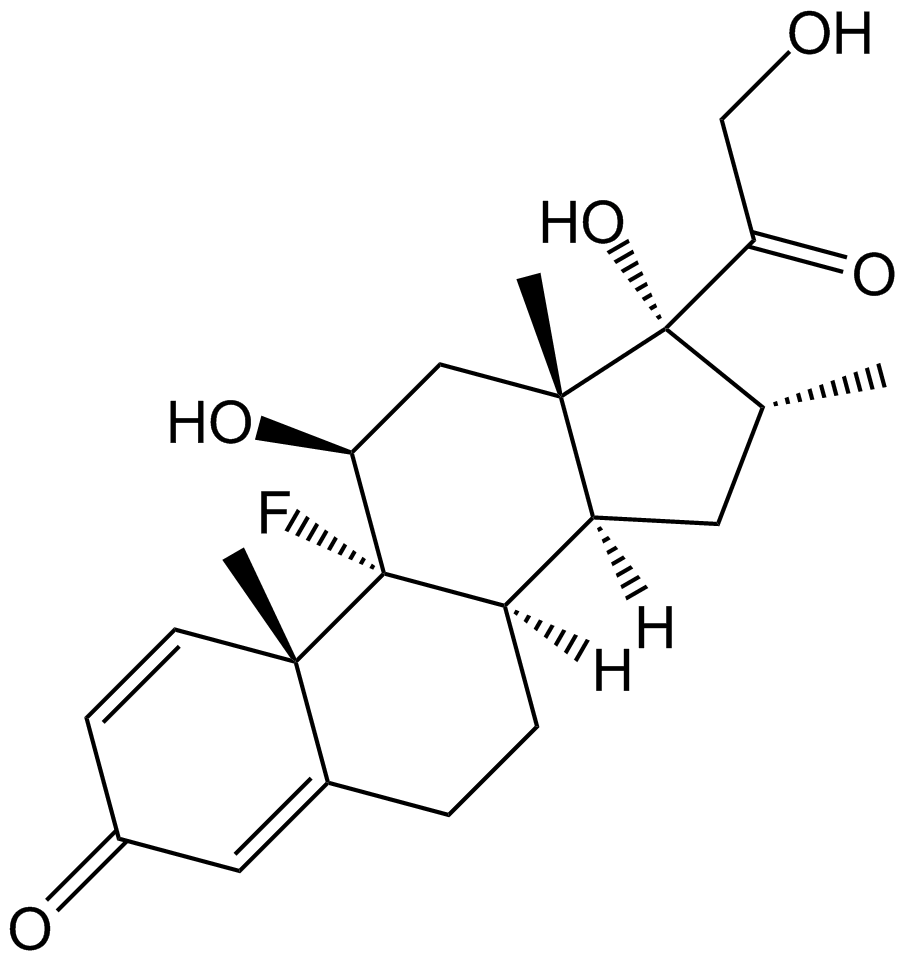 A2324 Dexamethasone (DHAP)Target: interleukin receptorSummary: Glucocorticoidan; anti-inflammatory
A2324 Dexamethasone (DHAP)Target: interleukin receptorSummary: Glucocorticoidan; anti-inflammatory -
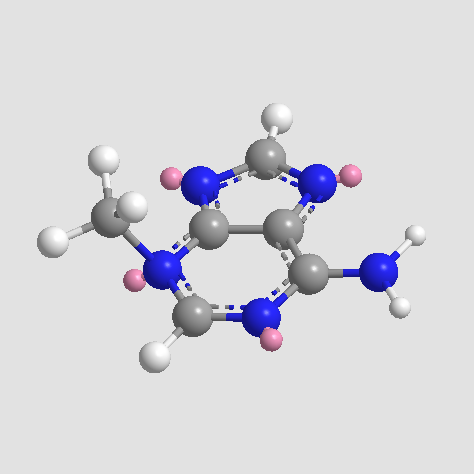 A8353 3-Methyladenine3 CitationTarget: PI3KSummary: Class III PI3K inhibitor
A8353 3-Methyladenine3 CitationTarget: PI3KSummary: Class III PI3K inhibitor -
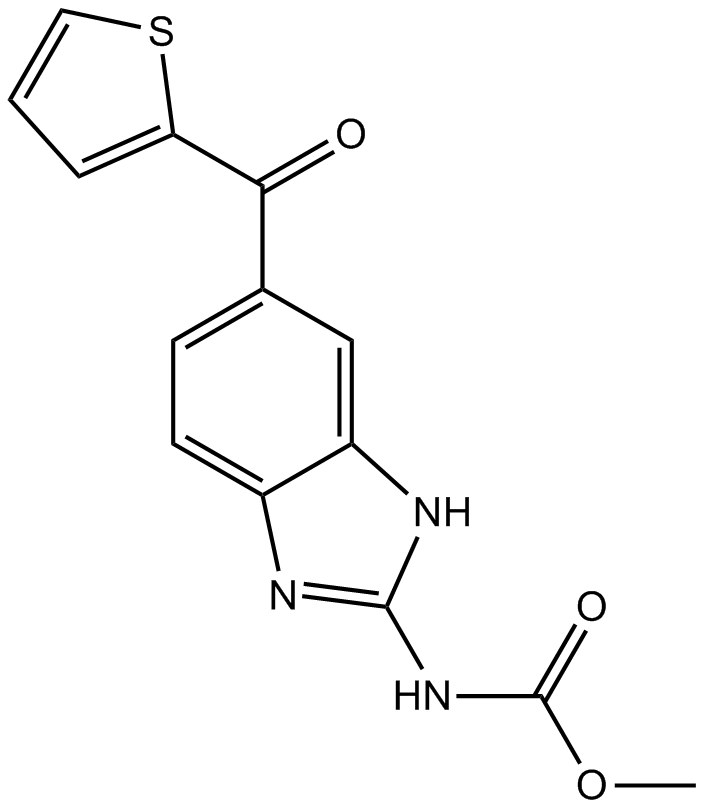 A8487 Nocodazole1 CitationTarget: Microtubules/TubulinsSummary: Tubulin production inhibitor,anti-neoplastic agent
A8487 Nocodazole1 CitationTarget: Microtubules/TubulinsSummary: Tubulin production inhibitor,anti-neoplastic agent -
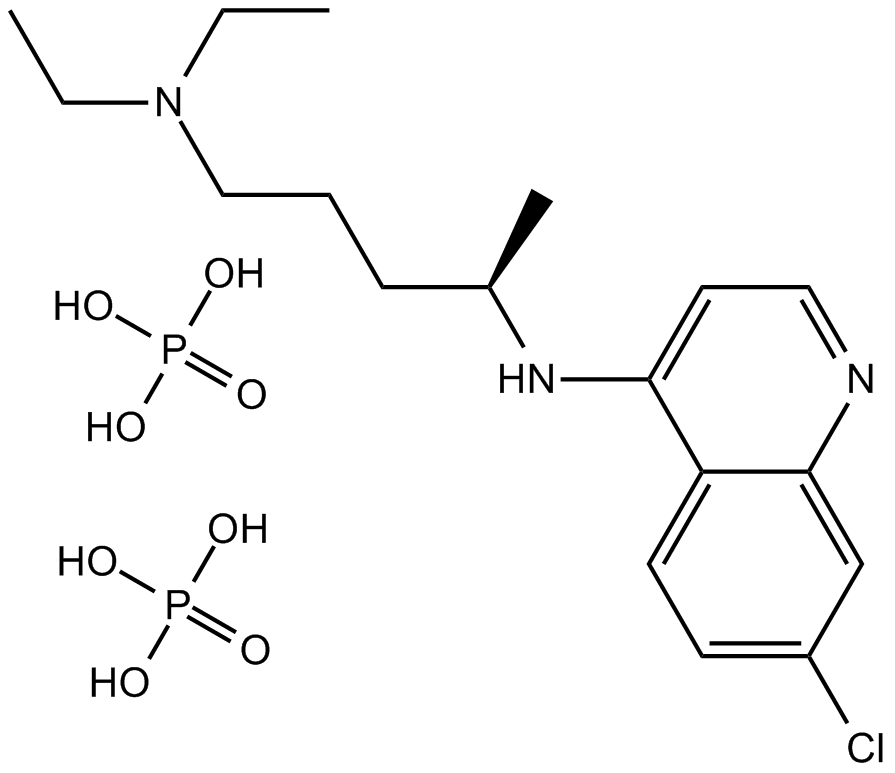 A8628 Chloroquine diphosphate1 CitationTarget: AutophagySummary: Antimalarial drug,TLR7 TLR9 inhibitor
A8628 Chloroquine diphosphate1 CitationTarget: AutophagySummary: Antimalarial drug,TLR7 TLR9 inhibitor -
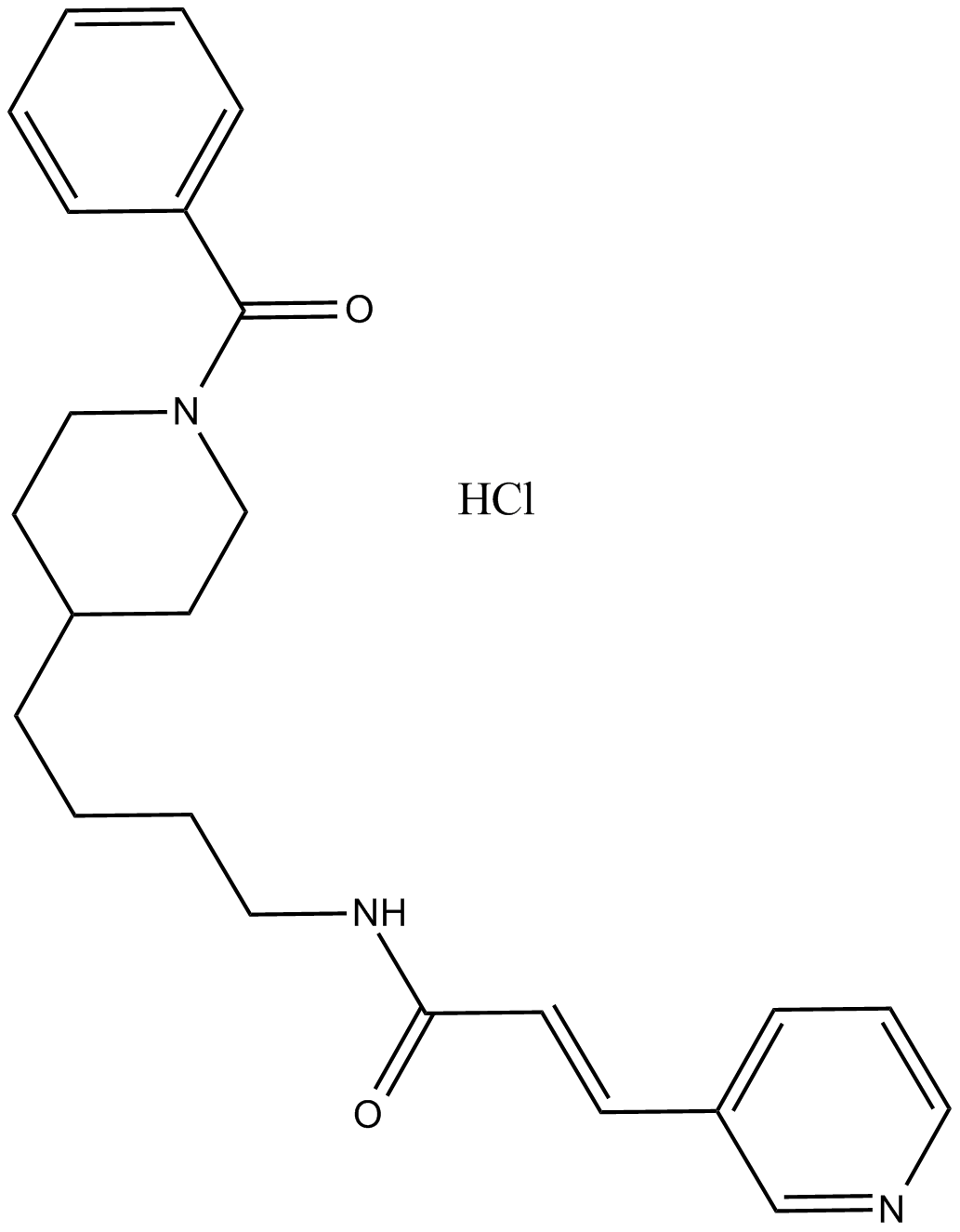 A8631 FK 866 hydrochlorideTarget: NMPRTaseSummary: NMPRTase inhibitor
A8631 FK 866 hydrochlorideTarget: NMPRTaseSummary: NMPRTase inhibitor

